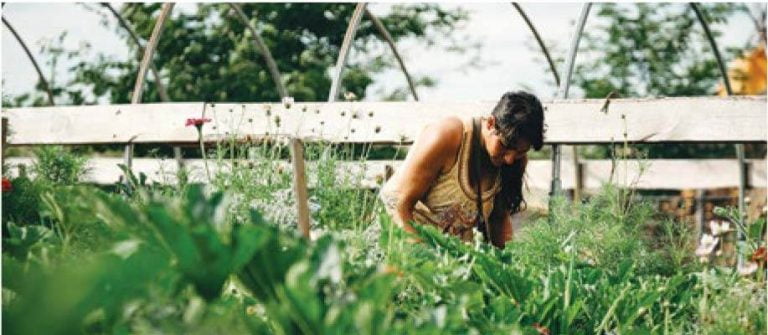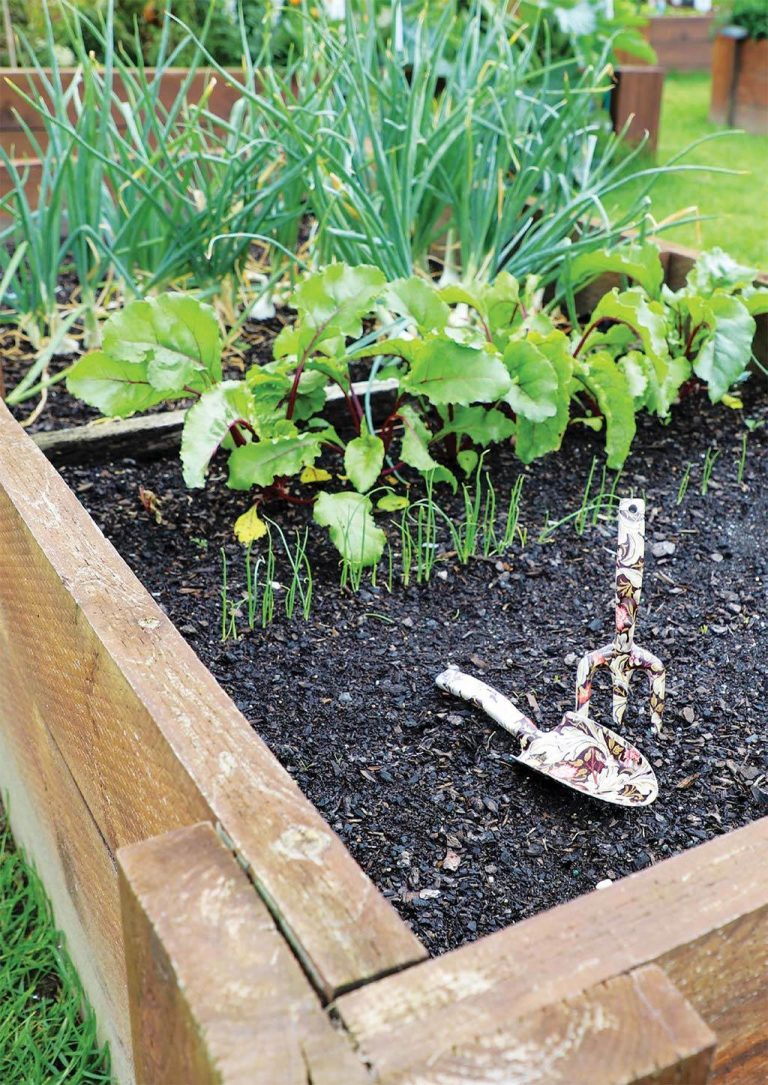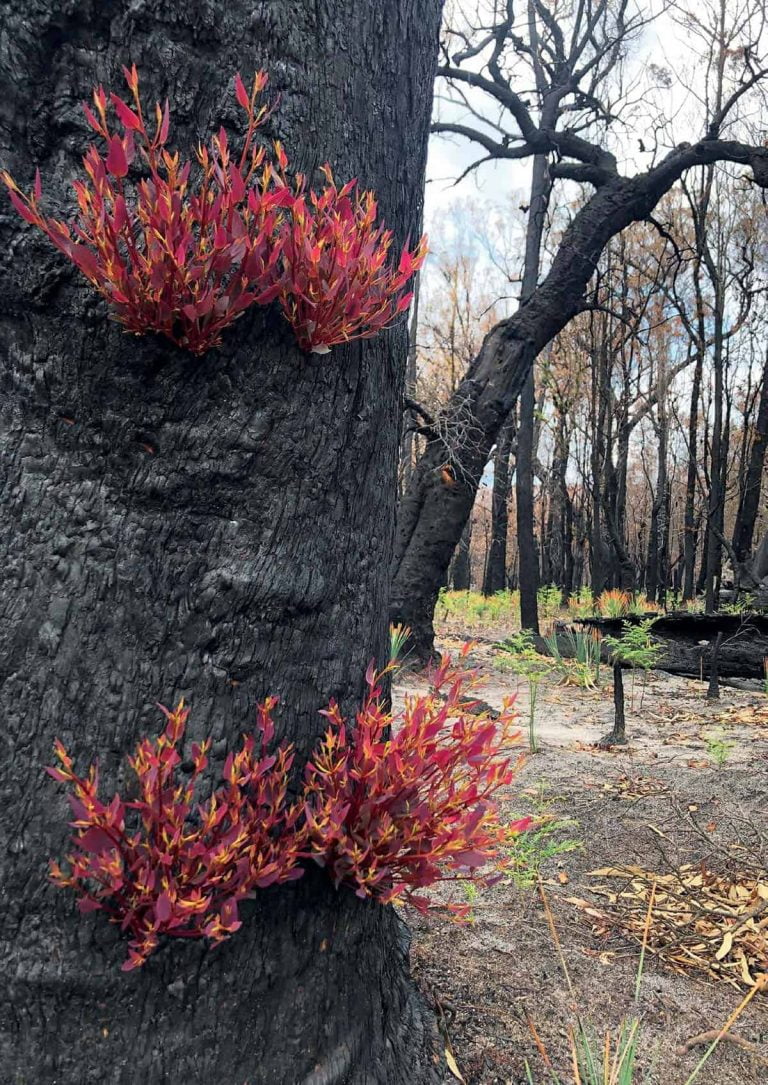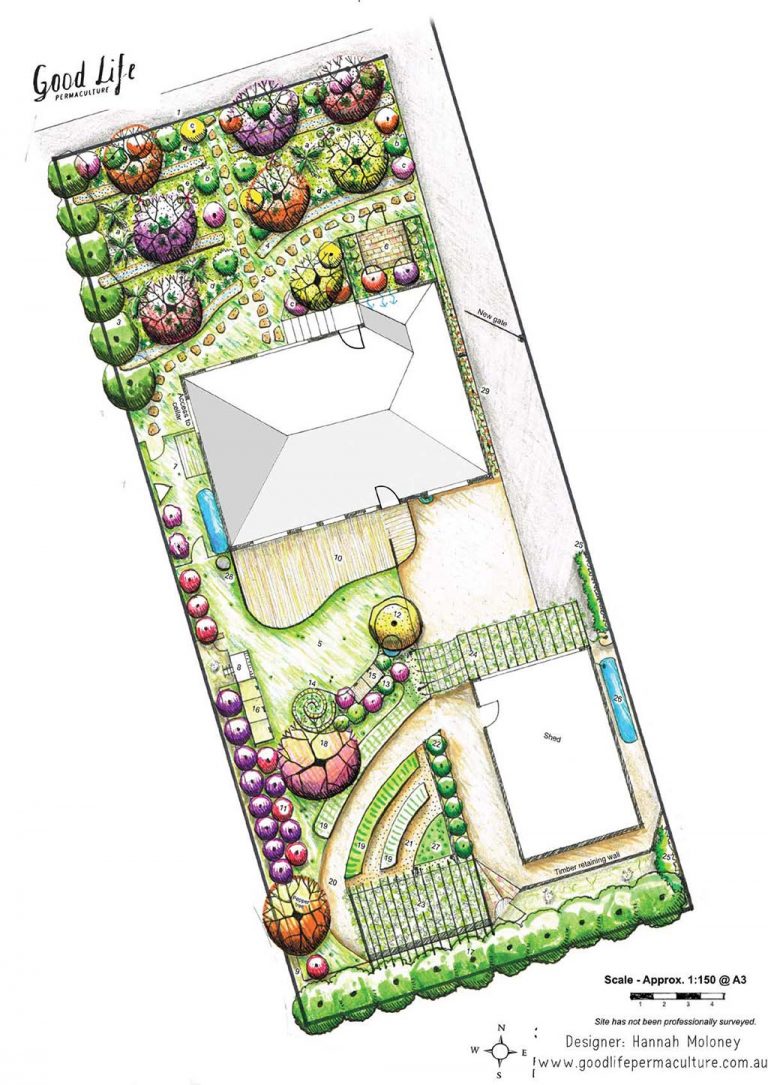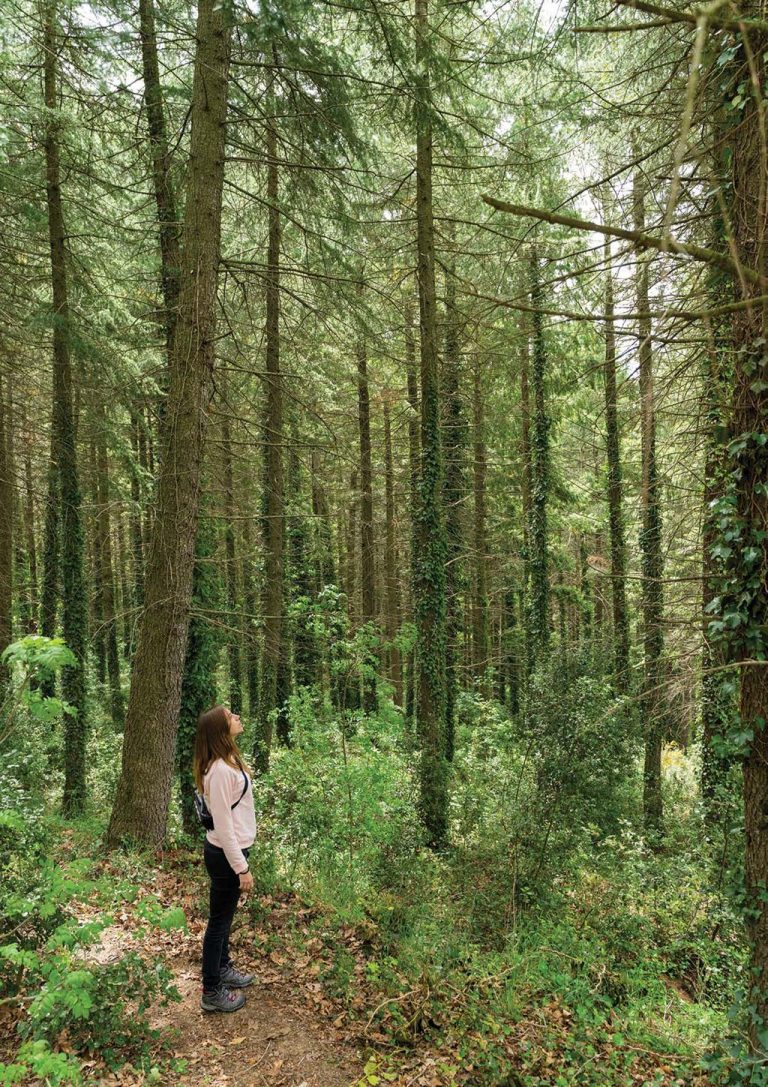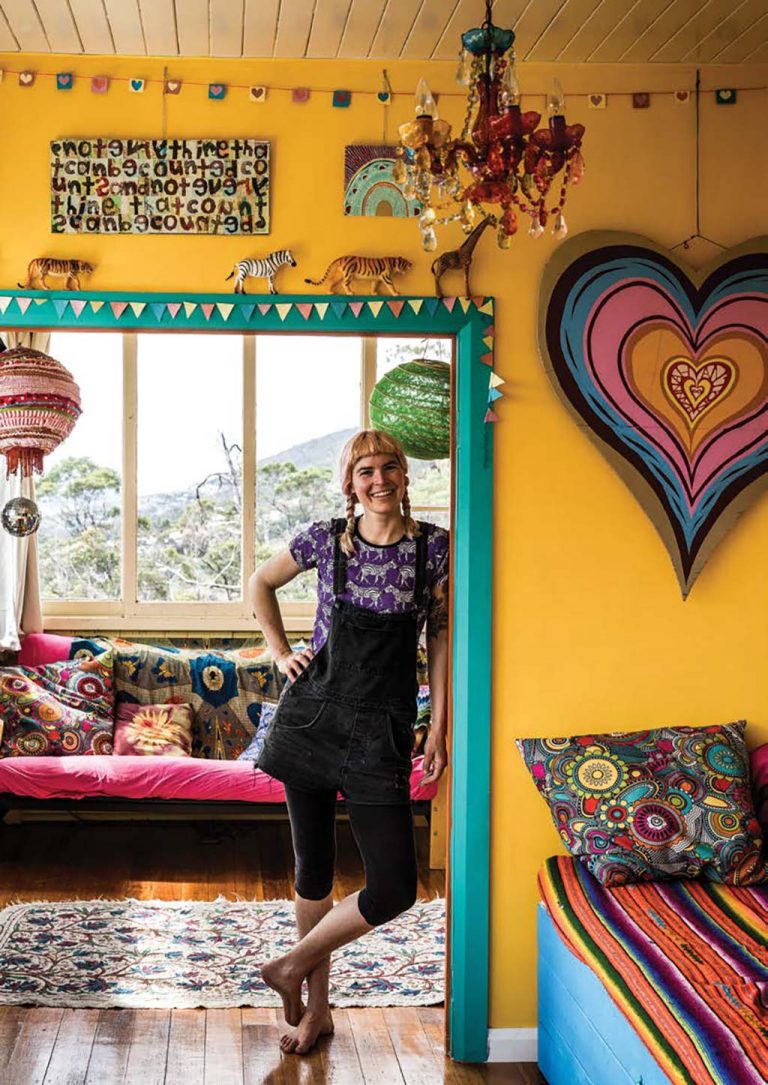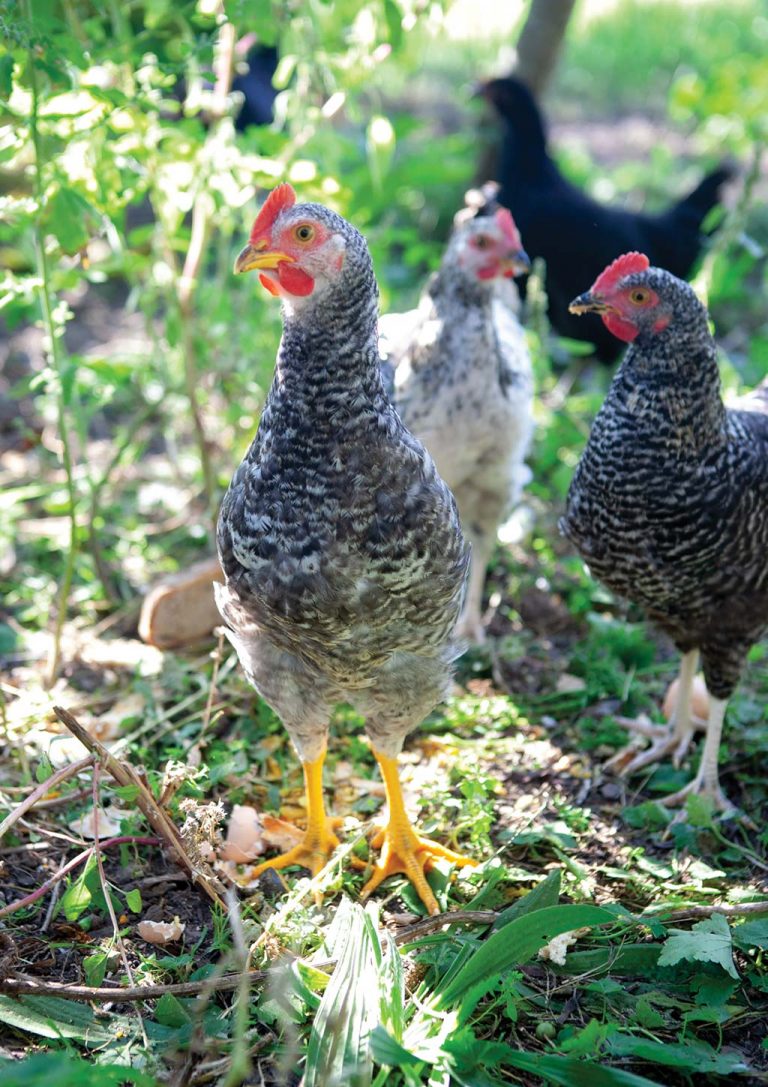Observation:
Watch and Act

Working smarter, not harder is a good way to create a resilient, high-yielding garden. And simple observation is the stepping stone for smart design.
To observe and interact is the first of David Holmgren’s 12 permaculture principles and arguably the most significant. It’s nearly impossible to create a resilient permaculture system without careful observation. Nature is a living, breathing ecosystem and the only way to truly understand it is to get out there and immerse yourself in it. Permaculture educators Angelo Eliades and Kat Lavers share their insights on how observing and interacting with their backyards over the years has led to the success of their renowned permaculture systems.

